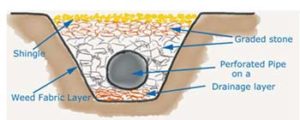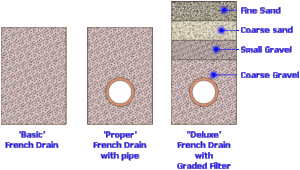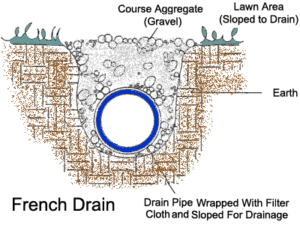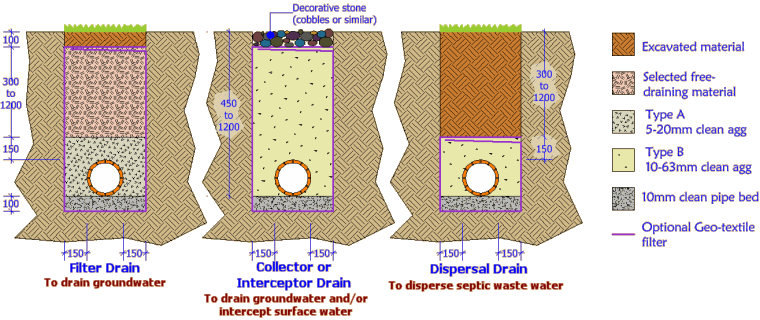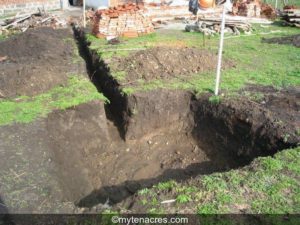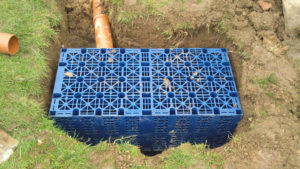Q.
a) Explain the purpose of groundwater drainage at a construction site. (10 marks)
b) By using diagrams, explain the types of groundwater drainage system. (15 marks)
(25 marks, 2012 Q2)
A.
The purposes of groundwater drainage at construction site are to minimize or prevent the pollution problems associated with construction activities. For instance:
- siltation in storm drains caused by excessive sand and silt in the storm run-off;
- visual nuisance and hazard to aquatic life caused by discharge of muddy water into streams or the sea;
- pollution caused by improper handling and disposal of other types of construction site waste water such as sewage from site toilets.
10 types of discharge at construction site are identified here, in another post on "Types of Discharge at Construction Sites".
B.
Diagrams
French Drain
Different types of French Drain
Basic construction of a French Drain
Various purposes of Underground Water Drainages
Construction site would have two major sources of water:-
- Surface run
- Underground water
Surface run as the construction site is exposed (trees were chopped down) is soaked into the soil layer. This can be mud and siltation (blockage) can occur, thus something like the Soakaway System above can be used to collect the surface run and filter the sediments.
In the subsoil layer, the French Drain system can be deployed to trap the water from the underground.
There are various ways of construction of French Drain with different types of aggregates used. The basic principle is that water will be collected from the water rich soils into the French Drain (which is porous) and filter off the debris so that the surrounding water is drained away.
As the water is drained away, the drier soil will attract water from the water rich soils adjacent to it, and in such manner, the water in the ground will be drain out from the construction site.
Ref:
Own account from images in public domain.
